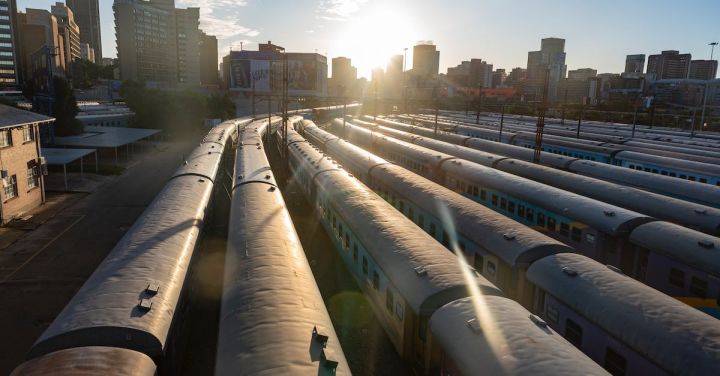In recent years, high-speed trains have revolutionized the way people travel by rail. These modern marvels of engineering have shattered previous speed records and are now connecting cities faster and more efficiently than ever before. With their sleek designs and cutting-edge technology, high-speed trains are truly breaking barriers in rail travel.
One of the key advantages of high-speed trains is their incredible speed. These trains can reach speeds of up to 350 kilometers per hour, allowing passengers to travel long distances in a fraction of the time it would take by car or traditional train. This means that a journey that would have taken several hours can now be completed in just a fraction of the time, opening up new possibilities for business and leisure travel.
But it’s not just about speed. High-speed trains also offer a level of comfort and convenience that is unmatched by other forms of transportation. These trains are equipped with spacious seating, ample legroom, and state-of-the-art amenities, ensuring a comfortable and enjoyable journey for passengers. Additionally, high-speed trains often provide onboard services such as Wi-Fi, power outlets, and even dining options, allowing passengers to stay connected and well-fed throughout their journey.
High-speed trains are also environmentally friendly. Compared to air travel or driving, these trains produce significantly lower carbon emissions, making them a more sustainable option for long-distance travel. In addition, high-speed trains are designed to be energy-efficient, using regenerative braking systems and lightweight materials to reduce energy consumption. This not only benefits the environment but also helps to keep ticket prices affordable for passengers.
Another barrier that high-speed trains are breaking is the issue of accessibility. These trains have the ability to connect cities that were previously considered too far apart for convenient travel. By reducing travel times and making it easier to reach distant destinations, high-speed trains are helping to strengthen economic and social ties between regions. This increased connectivity has the potential to boost tourism, trade, and cultural exchange, benefiting both local economies and individuals.
Moreover, high-speed trains are also enhancing safety in rail travel. These trains are equipped with advanced safety systems, such as automatic train control and collision avoidance technology, which help to prevent accidents and ensure passenger safety. Additionally, the dedicated tracks used by high-speed trains are designed to minimize the risk of derailments and other incidents, providing a reliable and secure mode of transportation.
In conclusion, high-speed trains are breaking barriers in rail travel by offering unmatched speed, comfort, convenience, and sustainability. These trains are connecting cities faster than ever before, making long-distance travel more accessible and enjoyable. With their advanced technology and safety features, high-speed trains are not only revolutionizing the way we travel but also setting new standards for the future of rail transportation. So next time you’re planning a trip, consider hopping on a high-speed train and experience the thrill of breaking barriers in rail travel.
